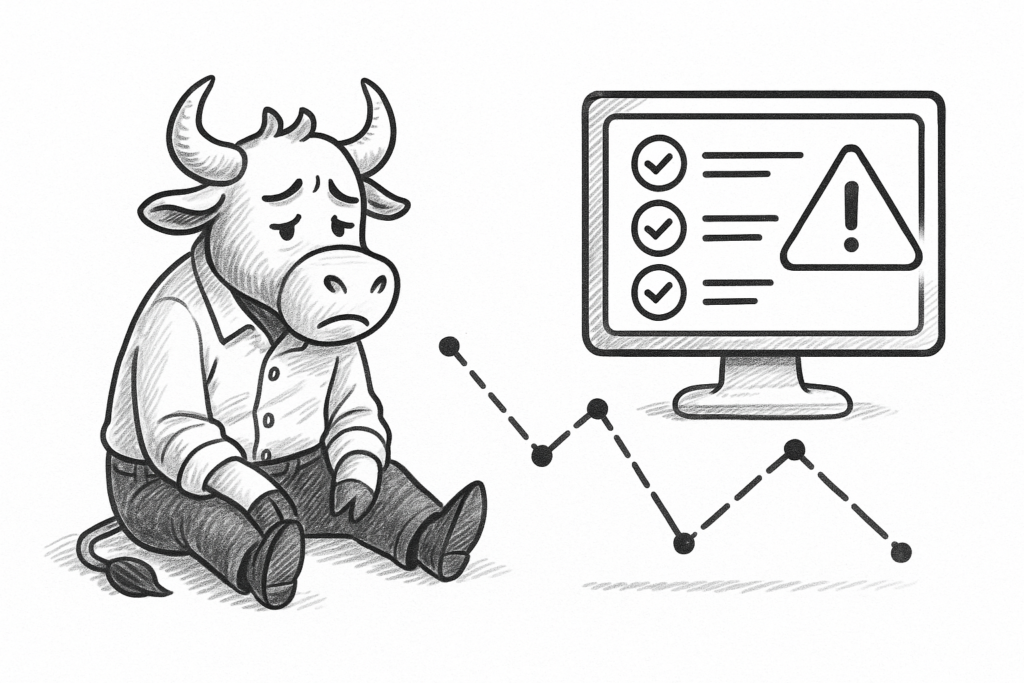A few months ago, we noticed something strange.
Some background: we were relying heavily on BullMQ to power background job processing for parts of our backend infrastructure. It was working great – until it wasn’t.
At first, the failures were subtle.
A webhook wouldn’t fire. A report wouldn’t generate. A user would write in saying something “just never happened.”
And the worst part? No one on the team got alerted. There was no crash. No big error message.
Just… silence.
We started looking deeper and found a few recurring issues:
- A queue would get stuck due to one bad job, blocking everything behind it.
- A worker would quietly crash and the queue would grow unnoticed.
- Failed jobs would accumulate but go unseen unless someone checked manually.
The result? Hours of debugging. Missed SLAs. Frustrated users.
At some point, it became clear we needed better visibility. We needed to know:
- Which queues had recent failures?
- Are any workers down?
- Is the memory usage on our Redis instance ballooning?
That realization led us to build a simple internal dashboard. Nothing fancy – just something to visualize our queues, flag problems, and send alerts.
That little dashboard saved us multiple times.
Eventually, we decided to polish it up and release it more broadly as Upqueue.io.
But honestly, even if you never use our tool, here’s what we learned:
- Silent failures are dangerous. If you’re not tracking queue health proactively, you will miss stuff.
- Redis isn’t built for observability. It’s fast, but not exactly transparent.
- Alert fatigue is real. Smart alerting (one notification until it’s acknowledged) is critical.
If you’re running BullMQ in production, I really recommend setting up some kind of monitor – whether that’s custom scripts, dashboarding with Prometheus, or a tool like ours.
Queues are like arteries in your backend. When they get blocked, things break quietly. But when you have visibility, you can fix issues before they cost you.
If you’re curious, we wrote a bit more about our internal setup at upqueue.io, but the main takeaway is: don’t wait for users to tell you something broke.
Know before they do.







